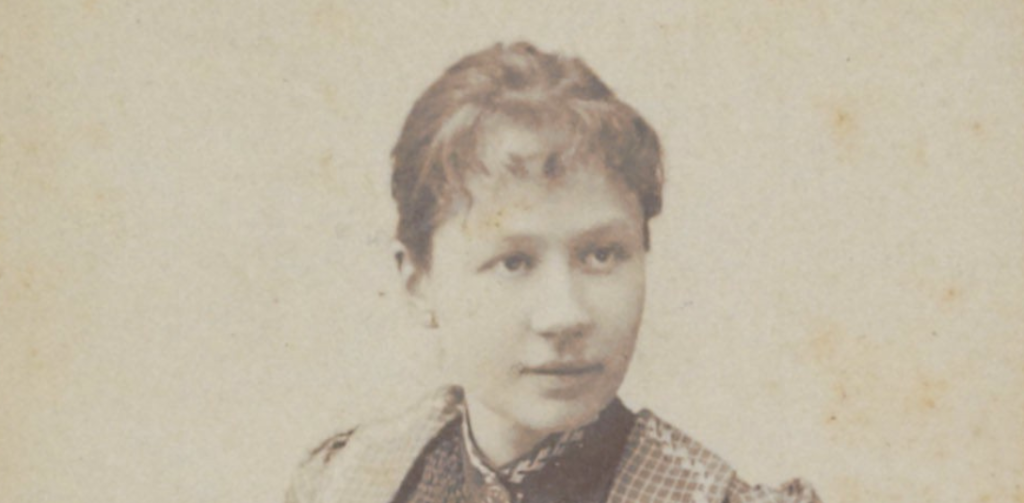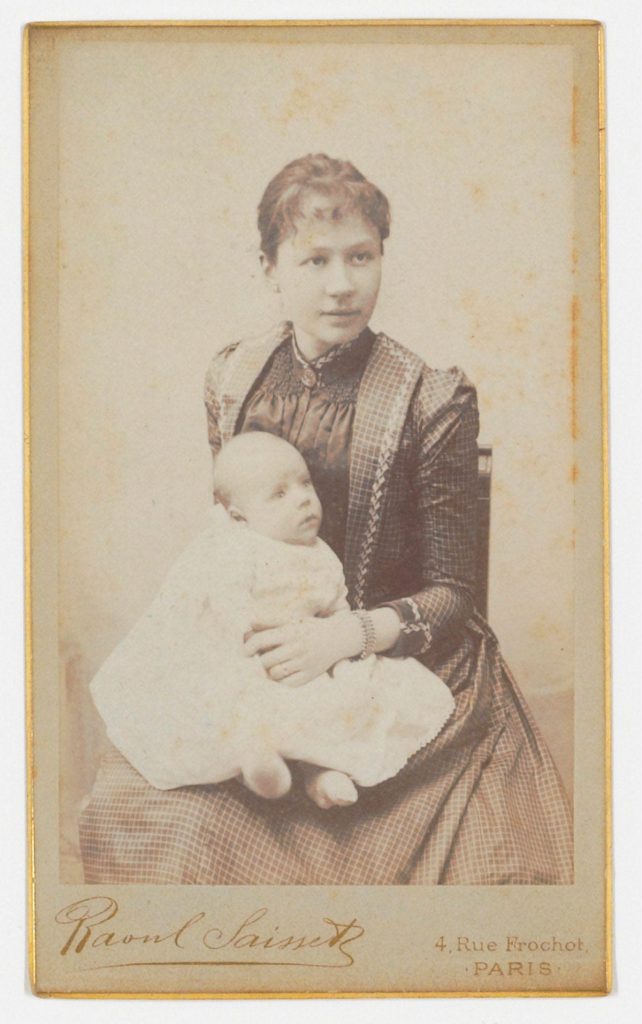Look at this face. This incredible lady singlehandedly and against all odds created the brand of who is today the most recognized artist in the world.

I was browsing Google photos trying to find a photo of van Gogh (the painter himself not his work) in order to paint his portrait when my eyes landed on an old photo of a young lady. I didn’t understand the connection to Van Gogh but when I clicked the image I was blown away by her story.
I don’t want to retell her story, you can read it all in this great article:
https://www.artsy.net/article/artsy-editorial-vincent-van-goghs-market-tirelessly-built-sister-in-law-jo
But I truly think that every entrepreneur should hang her portrait in their office. Her story is a blueprint for what it takes to become a true reality shaper.
How I wish I could sit down for coffee with her. For now, I’ll have to settle for putting in words my main takes from her incredible story.
Pushing a flywheel feels impossible at the beginning
If it’s a worthwhile vision it probably looks quite impossible when you start. especially if you let the current reality and circumstances dictate your perception of “possible”.
I try to imagine Jo, sitting in her apartment in Paris. It’s 1891, she just been widowed after only 2 years of marriage and is a single mom to a 1-year-old baby.
All she has are hundreds of paintings, drawings and letters that are spread all over her home, painted by her brother in law, and Artist name Vincent Van Gogh that hardly sold any pieces of art during his life. An artist that had NO market.
What an impossible position to start with given the fact that she managed to singlehandedly build the brand of the most recognized artists in the world.
How crazy is that?!
I’ll try to remember that next time I feel something is impossible.
It takes 10 years
It takes 10 years! I keep forgetting that. It takes 10 years to do anything of significance.
During those ten years, there are about a million and one reasons and circumstances that would derail me.
During these 10 years, there would be a million moments of doubts that would try to drain me.
During these 10 years, there would be people who would dis me, who would ridicule my vision, who would explain to me the world why I’m not good enough, smart enough, strong enough to do it.
Jo had to endure all of the above. Just imagine how she felt when she just started her journey in 1892 to build Vincent’s brand and a critic wrote she has no idea what she’s talking about:
One art critic berated her over an 1892 exhibition, cawing that it irritated him “when someone gushes fanatically on a subject she knows nothing about.…It is schoolgirlish twaddle, nothing more.”
It takes a (be)cause and it doesn’t even need to be your own
When people ask you “Why do you do what you do?” you better be able to begin your answer with “BE-CAUSE…” and then in one simple sentence explain the cause of your being.
(Be)cause if there’s no cause driving you there’s a one in a million chance you would endure for 10 years.
And you don’t need to wait for God to send his angels with their calling. A cause could be something as simple as continuing the life work of a person you loved. Just like Jo took on her husband’s, Theo, quest to ensure the world recognized his brother’s, Vincent, genius.
She made her mission to make sure that it [Vincent’s work]is seen and appreciated as much as possible.
It takes a North Star metric to help you keep track for 10–25 years
When you study Jo’s choices it becomes clear she had a “north star”. And no, it wasn’t revenue.
Her north star metric was: RECOGNITION
This is what enabled her to keep her eyes on the goal and resists the growing voices that demanded and encouraged her to sell Vincent’s work.
Jo knew that selling Vincent’s work to private collectors might generate tons of revenue but at the same time minimize recognition in the public. And it was recognition she aimed for.
So she kept her eyes on her north star metric and instead focused on loaning Vincent’s work to exhibitions and when possible selling to museums who exposed Vincent’s work to way more people.
Never forget you are building a business
The thing about north stars is that they can be consuming. This is why while pursuing your cause it’s easy to forget you are building a business and run out of the resources to create your vision.
But Jo was an incredible business lady.
- She established a business (a boarding house) before starting her journey to ensure she has the income she needed to bootstrap her “Van Gogh startup”
- She created scarcity in the market by resisting the urge to flood the market with Vincent’s work as his reputation took off
- She ensured every exhibition displayed less recognized works next to the ones she already established as masterpieces (to increase the lesser work’s value)
- She financed a huge retrospective, when Vincent was already well known, which boosted the value of the work
- She didn’t rest on her laurels and when Vincent was a house name she took the letters he exchanged with his brother Theo and turned them into an international bestselling book boosting the the Van Gogh brand and his recognition
Dream big start small… Think global act local
I see a lot of entrepreneurs dis startups that start with a local strategy. That “think small”. I just love how brilliant Jo’s strategy was in picking the specific town she moved to with her child in the Netherlands, when she was widowed, and how she slowly built her empire in a slow, grassroots movement.
Then and only then more than 10 years into her journey did she start her global push. She always dreamed big but acted small. And this takes discipline.
So what is your (be)cause? What is your next small move?
